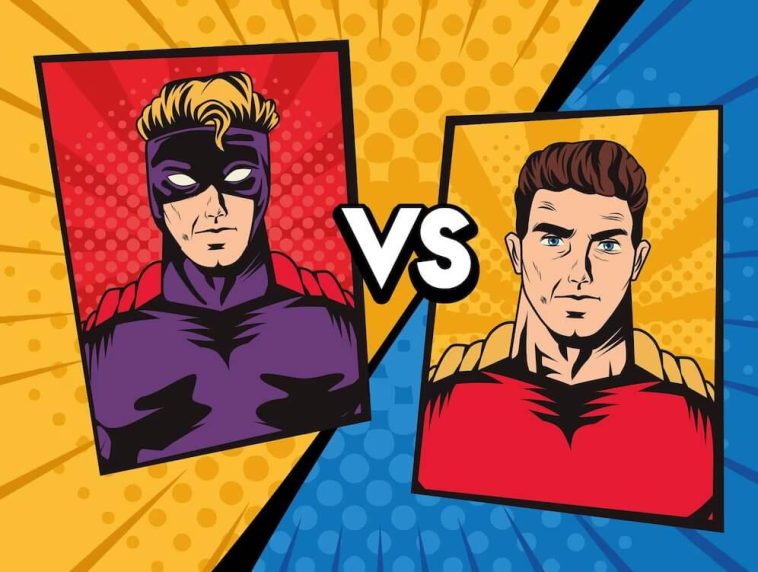In the vast world of visual storytelling, two prominent mediums often stand in the spotlight: manga and comics. While both offer captivating narratives and stunning artwork, they originate from distinct cultural backgrounds and come with their unique characteristics. In this article, we’ll delve into the key differences between manga and comics, shedding light on what sets them apart.
Manga: A Glimpse into Japanese Storytelling
Origin and Cultural Significance
Manga, a term derived from the Japanese words “man” (meaning “whimsical”) and “ga” (meaning “pictures”), has its roots deeply embedded in Japanese culture. It dates back to the 12th century, with early forms of illustrated storytelling found in picture books and scrolls. However, modern manga as we know it began to take shape in the 20th century.
Artistic Style and Aesthetic
One of the most striking features of manga is its diverse artistic styles. Manga artists, known as mangaka, employ a wide range of techniques to convey emotions, actions, and settings effectively. These styles can vary significantly from one manga series to another, allowing for immense creativity and innovation.
Reading Direction
Perhaps the most apparent distinction is the reading direction. Manga is traditionally read from right to left, starting from the top right corner and ending at the bottom left. This is a reflection of the Japanese writing system, which also follows this direction.
Genre Diversity
Manga covers an extensive range of genres, making it suitable for readers of all ages and preferences. Whether you’re into action-packed shonen, heartwarming shojo, or mind-bending seinen, there’s a manga genre that caters to your interests.
Comics: The Western Narrative Tradition
Historical Background
Comics, on the other hand, have their origins in Western countries, particularly the United States. They trace back to the late 19th century and gained immense popularity in the 20th century, becoming a significant part of American pop culture.
Artistic Style and Aesthetic
Comics generally adhere to a more standardized art style, with variations existing but not as diverse as manga. Superhero comics, for example, often feature bold lines, vibrant colors, and a focus on muscular, idealized characters.
Reading Direction
Comics follow the left-to-right reading direction, which aligns with the Western writing system. This means that readers start at the top left corner and proceed to the bottom right, a reversal of the manga reading style.
Genre Diversity
Similar to manga, comics encompass a wide array of genres, catering to diverse tastes. From superhero comics like Marvel and DC to graphic novels exploring intricate, thought-provoking narratives, the world of comics offers something for everyone.
Bridging the Gap
While manga and comics have distinct origins and styles, they share common ground in their ability to captivate readers through compelling storytelling and visually stunning artwork. In recent years, crossover events and collaborations between Japanese manga artists and Western comic creators have blurred the lines between the two mediums, resulting in exciting fusion works.
Conclusion
In the end, the choice between manga and comics often boils down to personal preference. Some readers are drawn to the intricate, culturally rich world of manga, while others find comfort in the familiarity of Western comics. Regardless of your choice, both mediums offer a treasure trove of stories waiting to be explored. So, whether you’re a manga enthusiast or a comic aficionado, there’s a world of captivating narratives out there for you to discover.




